Japan PMI Services was finalized at 46.9 in September, up from August’s 45.0. While the reading signal further contraction in activity, the pace was slowest in the current eight-month sequence. PMI Composite was finalized at 46.6, up from 45.2.
Shreeya Patel, Economist at IHS Markit, said: “Japan continues to be impacted by the COVID-19 outbreak… There were some signs of stabilisation, however, with activity falling to the least extent since the pandemic began… “Optimism was also evident regarding the year-ahead outlook. Sentiment returned to positive territory amid hopes of rising demand in the next 12 months. Employment, meanwhile, dropped only marginally. Overall, there are signs of improvement in the sector, however recovery is far from secure.”



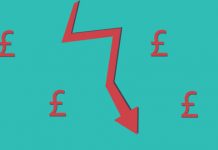
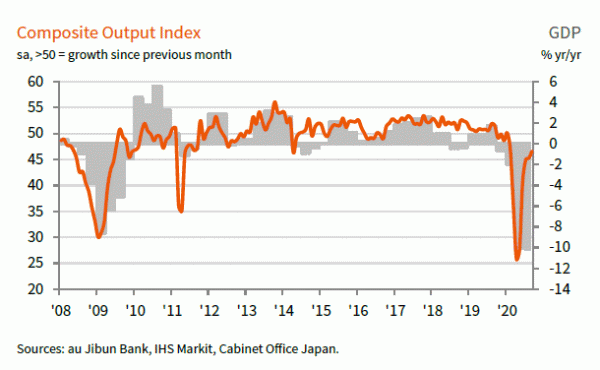
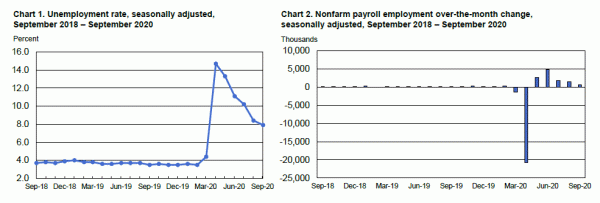
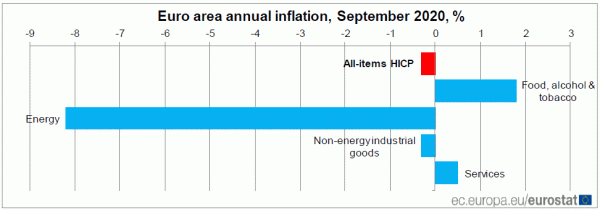
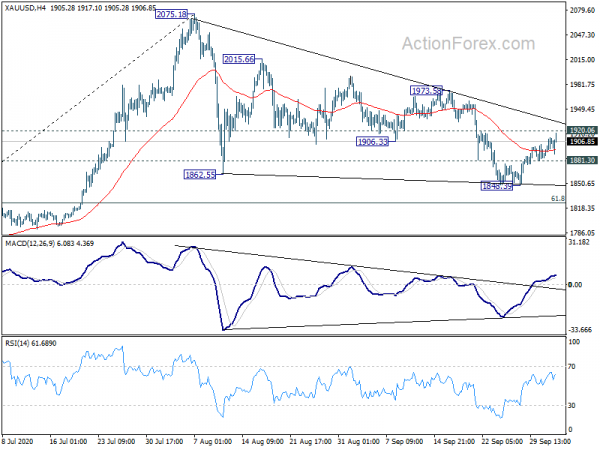
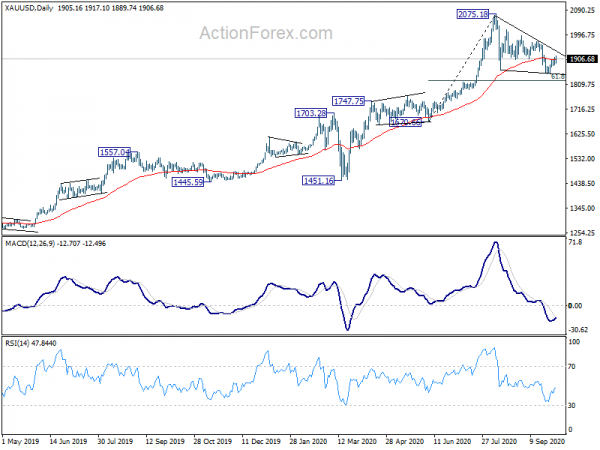
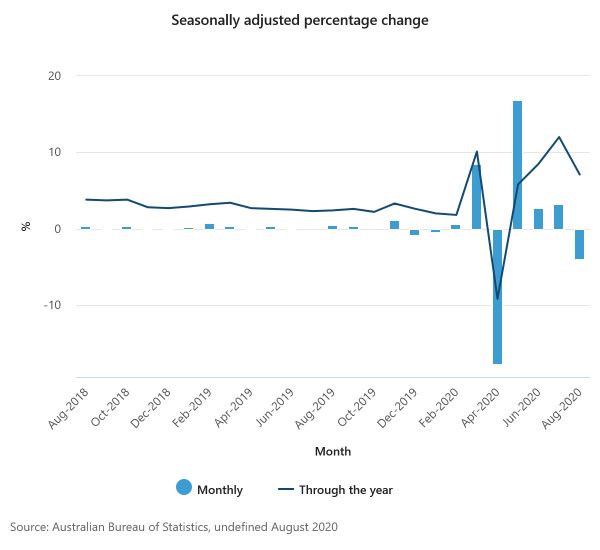
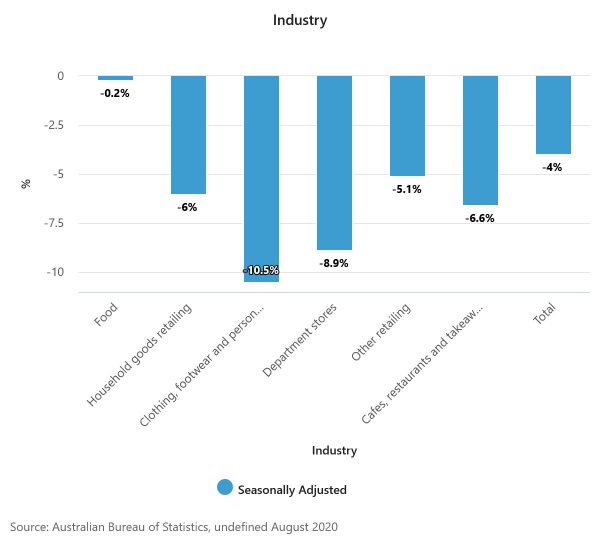
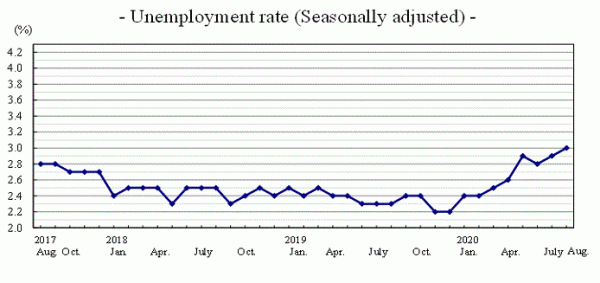
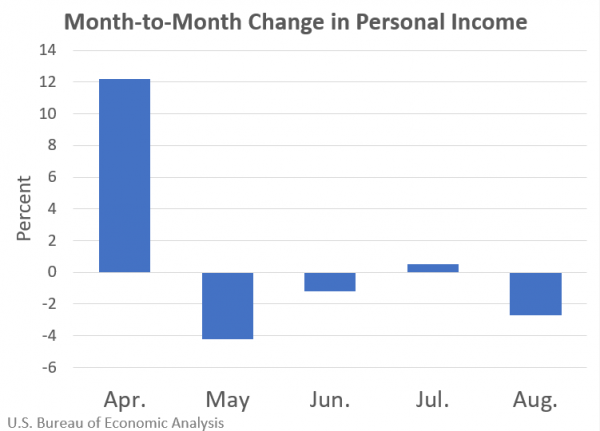
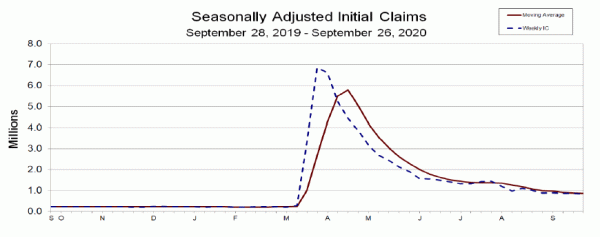
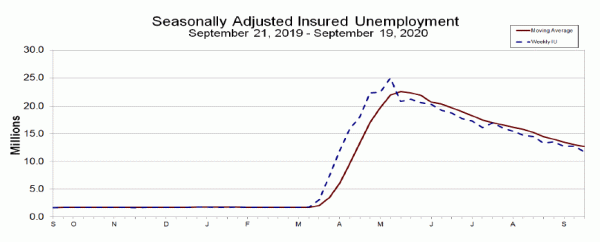
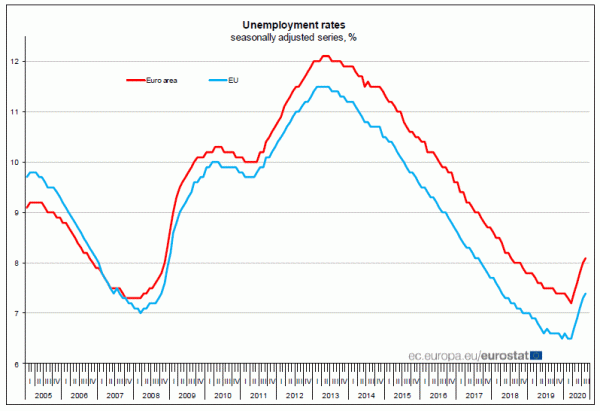
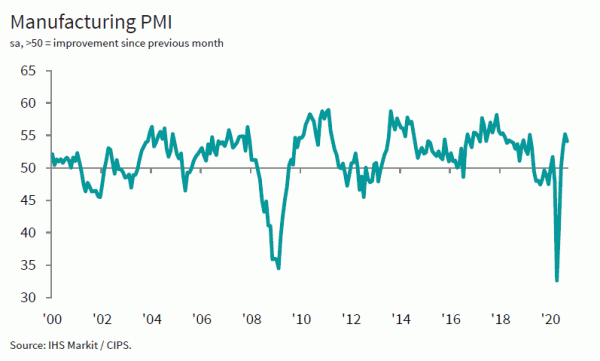
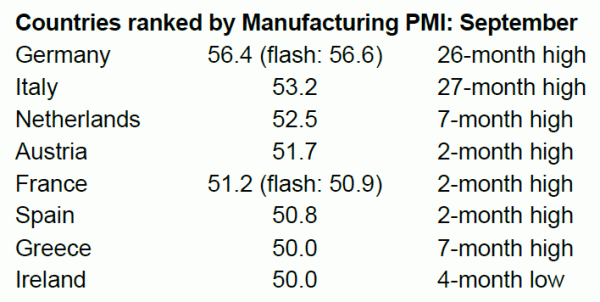
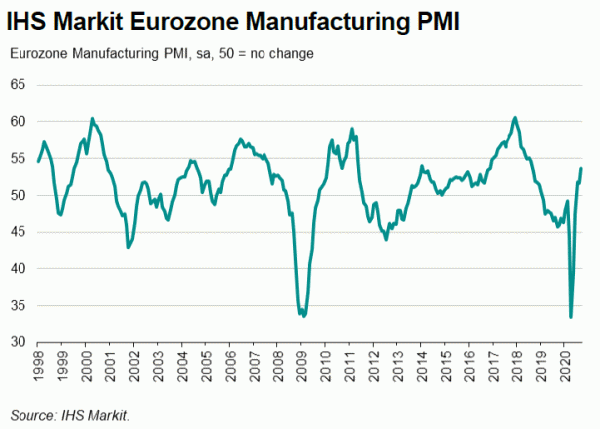
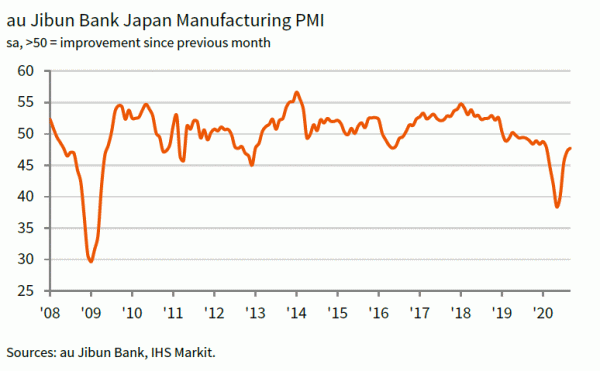
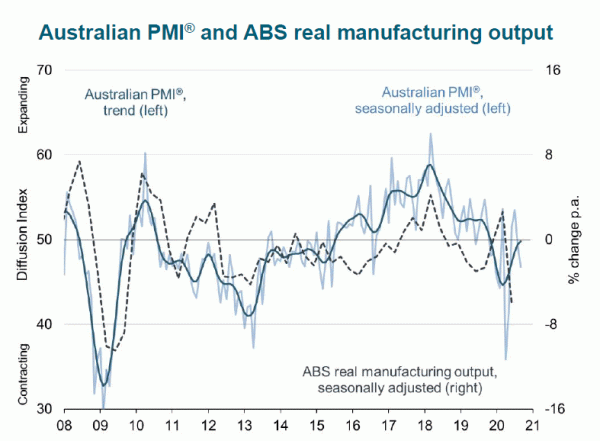
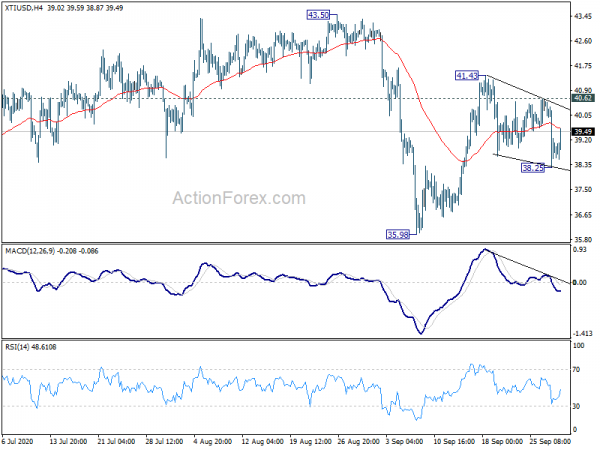
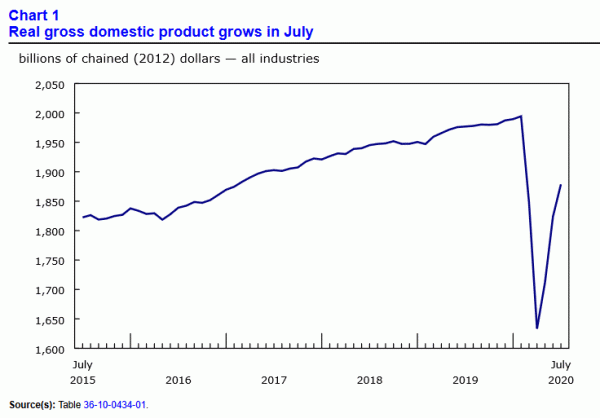

Australia NAB business conditions back to pre-Covid level, confidence still negative
Australia NAB Business Confidence improved to -4 in September, up from -8. Business Conditions also rose to 0, up from -6. Trading conditions turned positive, from -2 to 6. Profitability condition also turned positive, from -3 to 2. Employment condition rose from -14 to -6, but stayed negative.
Alan Oster, NAB Group Chief Economist “after some volatility in the last 2 months conditions are around the level seen pre-COVID. That said, they only lie at the threshold of improving/deteriorating and are well below average. Trading conditions and profitability are back in positive territory, which likely reflects the ongoing opening of the economy and the support provided by policy makers. Employment continues to lag, however, likely reflecting the fact activity has not yet fully recovered and firms remain cautious. Confidence increased in the month, building on the gains of last month, and is now well above the trough in March. That said, it remains negative and likely fragile.”
Full release here.